.
Shipboard lasers pass early tests, but work remains
.
Deck guns that go “zap” are one step closer to the fleet.
The Navy says it has developed a laser cannon potent and accurate enough to down drones and disable small boats, and plans to test it as soon as eight months from now in the world’s most contested waters, the Arabian Gulf.
The laser’s beam has downed low-flying drones and torn through small boats in live-fire tests. Developers say it has gone 12-for-12 in these tests, including shipboard tests last August on the destroyer Dewey. The ship’s flight deck was crowded by the giant white pod that shrouds the laser mount and generators to power it.
In an April 4 interview for the system’s unveiling, the chief of naval research stayed tight-lipped about the laser’s range, beam power and effectiveness against other targets. Rear Adm. Matthew Klunder would only say the targets had been shot down at “mission-relevant ranges.”
Long-range ‘blowtorch’
Peter Morrison, the Office of Naval Research program manager for this solid-state laser, compared the weapon’s lethal effect with that of a “blowtorch” and said the Navy’s lasers are able to “put that high-power, burn-through capability to destroy critical elements on the targets themselves.”
Its effectiveness depends on staying locked on the same point — no small feat for a weapon mounted on a ship targeting a moving object. But Klunder said advances have been made to keep the beam steady — advances he called the system’s “secret sauce.”
The Navy has spent an estimated $40 million developing the system over the past six years and each system mounted on a ship is expected to cost $38 million — a fraction of the costs of other military lasers, Navy officials point out. And each shot, or “pulse,” costs less than a buck, Klunder said.
Next tests
The next stage comes in early 2014, when the laser will be mounted on the afloat forward staging base Ponce for what are expected to be months of tests. On Ponce, sailors will control the laser from the combat information center, much as they operate the close-in weapons system, and will have modes for tracking via radar or slewing to targets through the operator’s controls. Officials expect fire controlmen, operations specialists and others who work in CIC may get to fire it.
Significant hurdles remain in keeping the beam focused on its target and concentrated amid all the water vapor at sea. But if it works, the laser could usher in a new era of naval weaponry.
Instead of relying on a variety of systems to track and engage an aircraft, for example, a ship could use its laser as a warning-signal of sorts, pointing it at the plane before dialing up the intensity if the intruder doesn’t change course.
One letdown for “Star Wars” fanatics: unlike Hollywood beams, the Navy’s laser is infrared and can’t be seen by the naked eye.
Quelle: NAVY-Times
.
Frams: US-NAVY Video
.
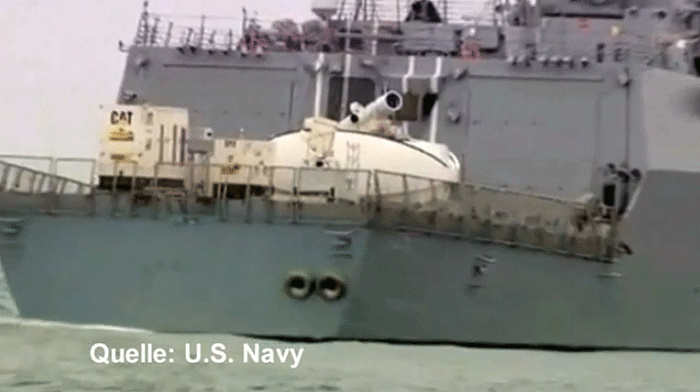
.
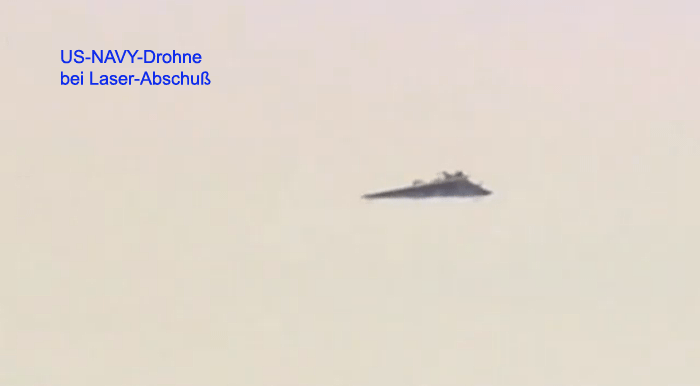
.
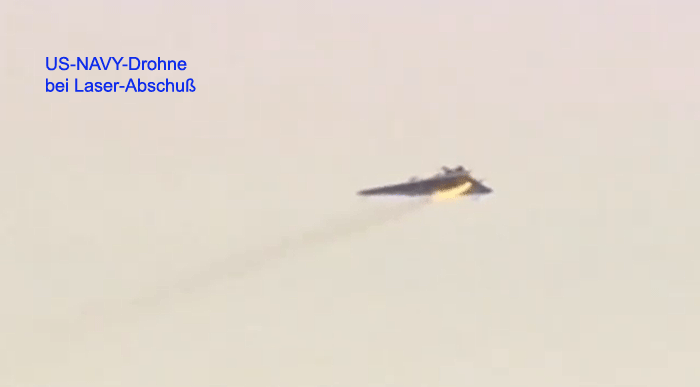
.
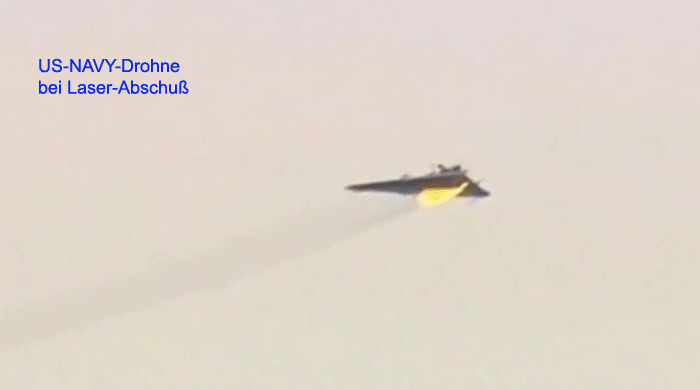
.
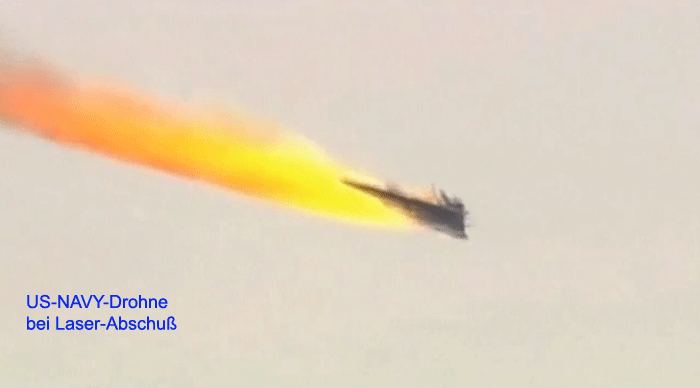
.
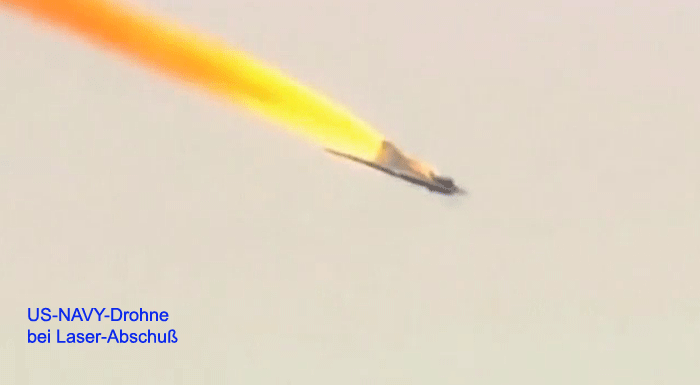
.
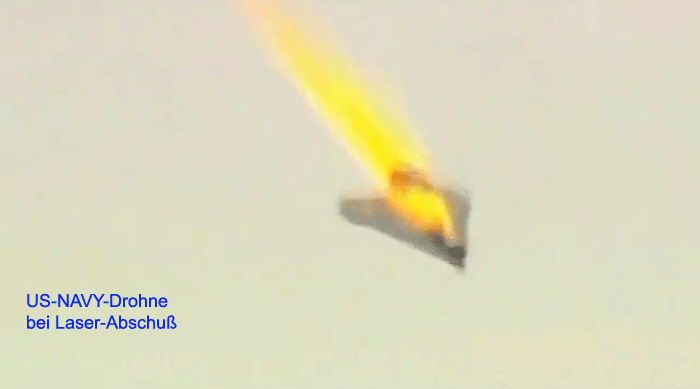
.
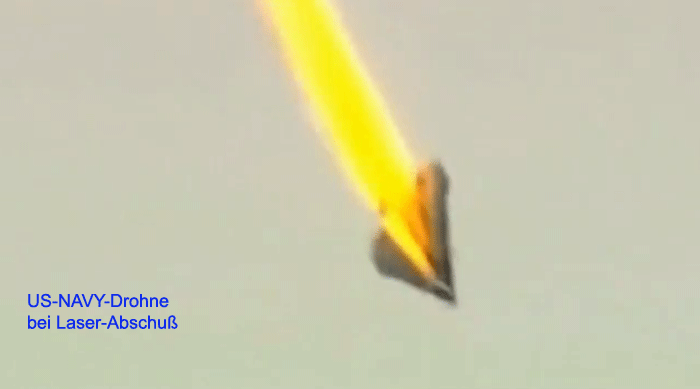
.
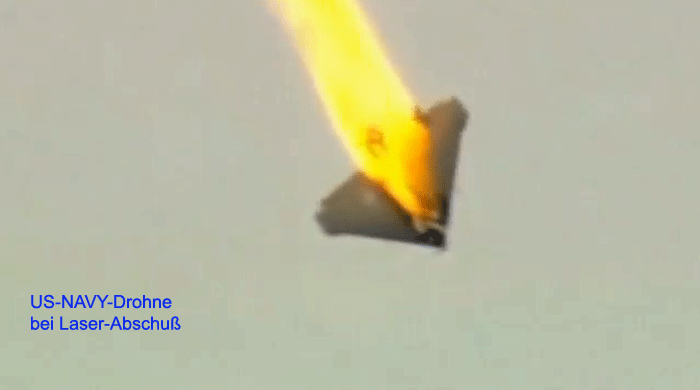
.
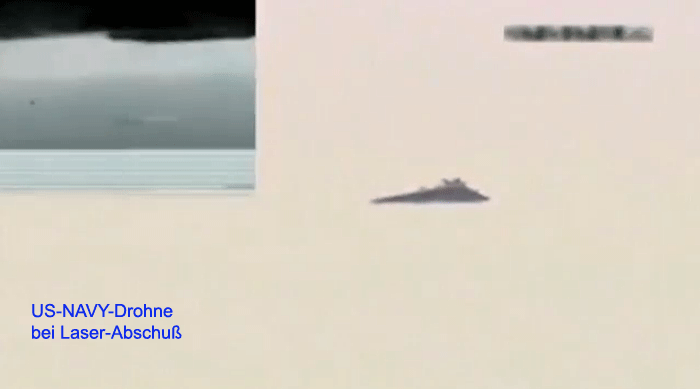
.
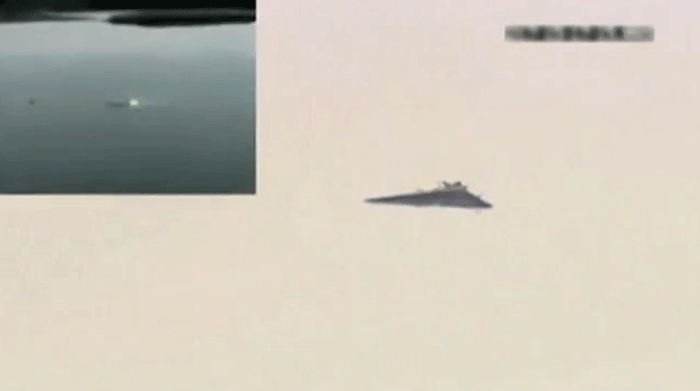
.
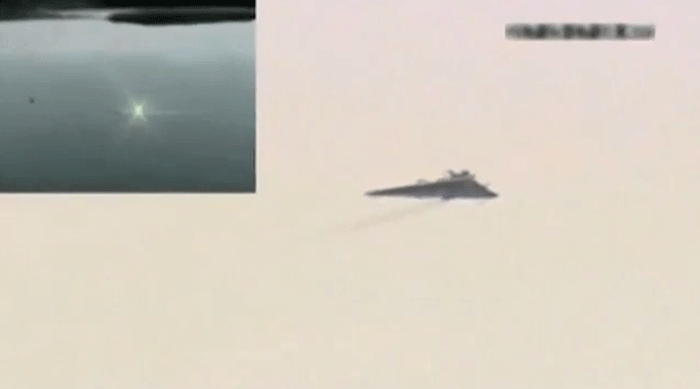
.
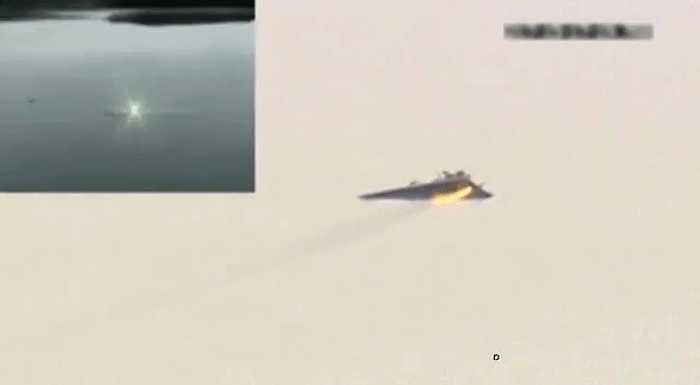
.
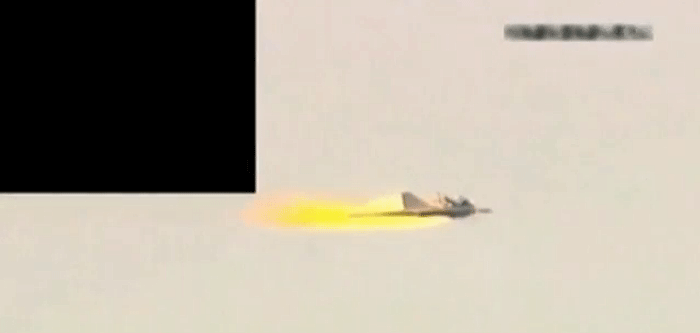
Quelle: US-NAVY
5790 Views

